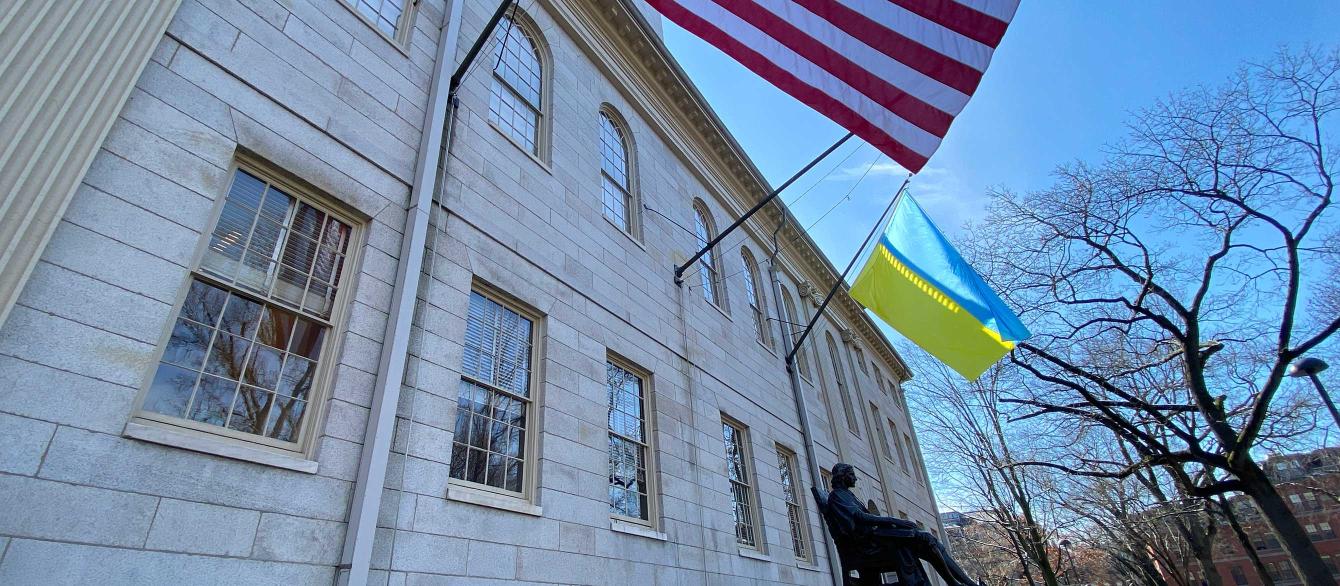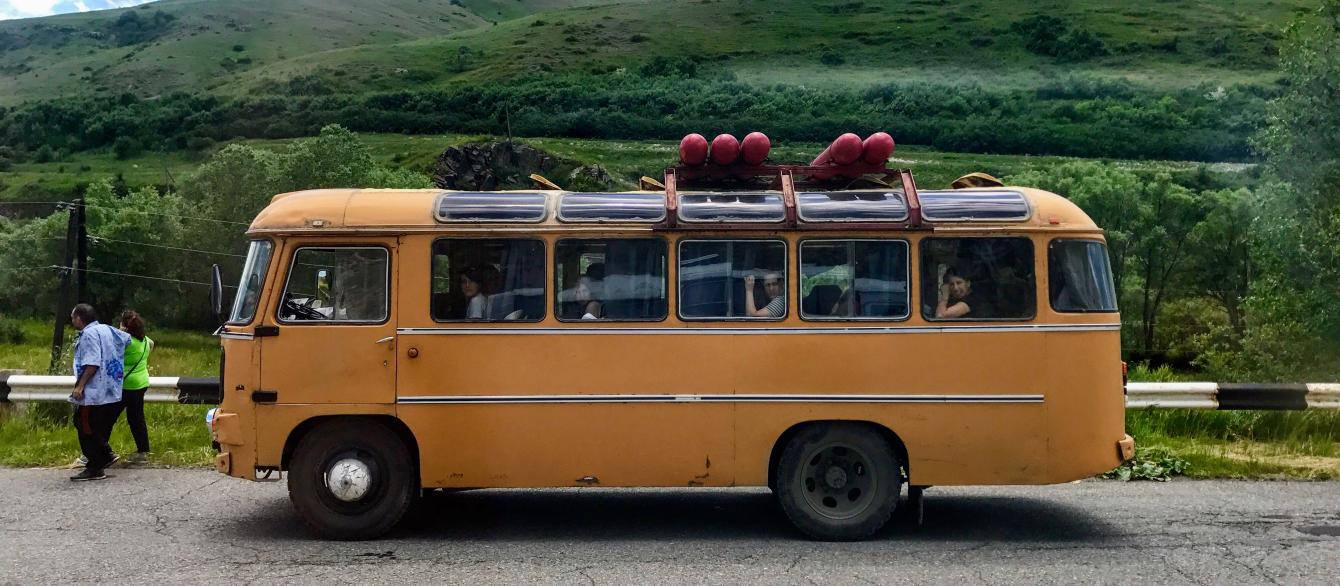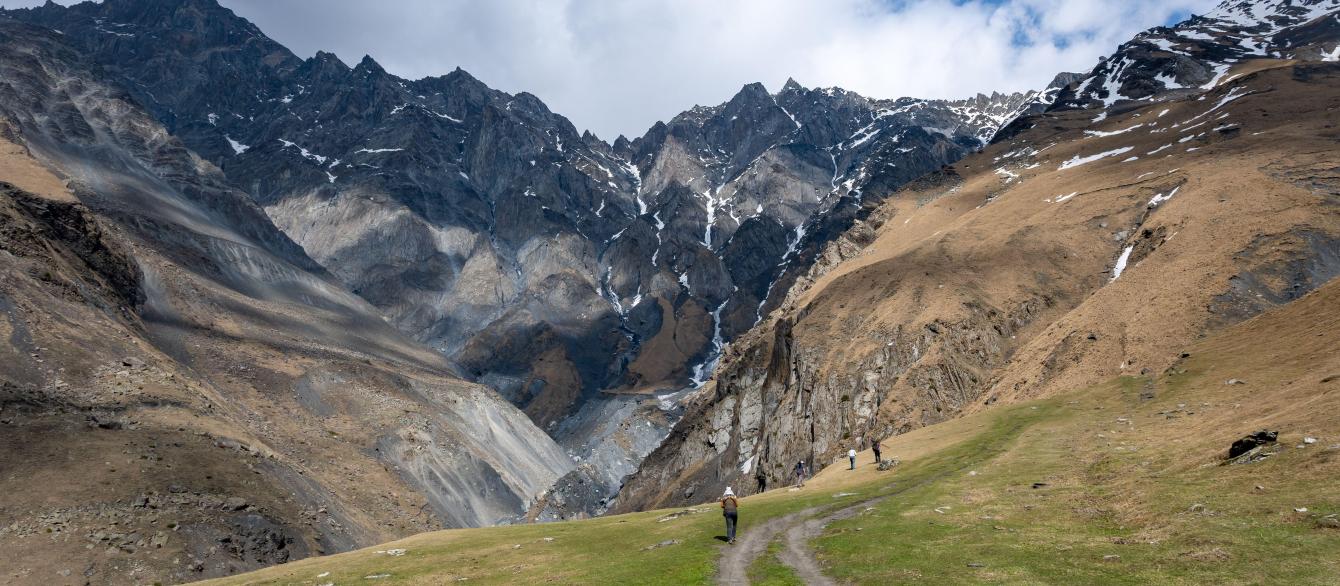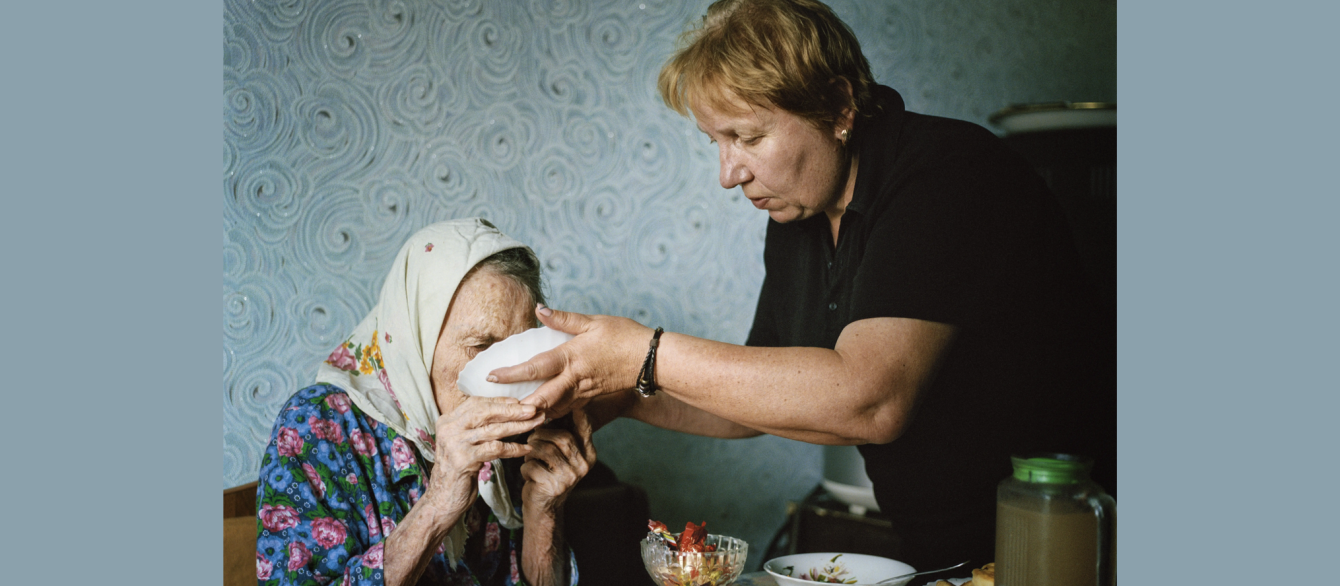Editor's note: The text below is the introduction to the full, newly launched “5K From the Frontline” website. In 2023, the authors spoke about their work and exhibited some of it as part of the Davis Center’s 75th anniversary. Their recent photo essay in The Washington Post traces the lives of three of the families featured in the project.
The human capacity to adapt to change extends much farther than we imagine from our comfortable, peaceful standpoint. People who live where wars are fought become accustomed to rocket strikes, air raid sirens, shortages, blackouts, and the buzzing of attack drones over their roofs as they put their children to sleep.
Becoming accustomed to these things doesn’t mean they enjoy them or consider them normal. Resilience is not something to be celebrated. Yet it is the only survival strategy left for those who have been failed by states, international institutions, humanist values, and other mechanisms that society has developed in an often futile attempt to prevent violence in the name of political ambitions or twisted ideologies.
Ever since Ukraine was first invaded by Russia in 2014, millions of people in this country have been learning to inhabit war—to make it their living environment. In the process, they discovered that war looks very different from the inside than it does from the outside.
Most people think they know what war is. We’ve seen it thousands of times in movies and news coverage: tanks, soldiers, explosions, crying women, and pitiable refugees. These images are so familiar, they’ve become trite. But guess what? Most of the time, war does not look like this. Most of the time, it seems too normal, too much like peace, to catch the eye of journalists and filmmakers. Often, only a tiny detail, like tape in the shape of an X across a window or an unusual emptiness in the street, reveals that something is off. Yet this seeming normality of the abnormal—this integration of horror and the mundane—is what tells the most poignant story of the human condition during war.
It also reminds us that war does not happen to some distant, constructed other—a group of people imagined as perpetually miserable or undignified. It happens to people just like us, who do all the normal things people do — cook, clean, text their relatives, drink coffee, go for walks—even under extreme circumstances. Indeed, it can happen to anyone. Our goal is to show this side of war in order to make the experience of those who live through it more relatable.
We are a team of two: a British-Swedish photojournalist, Anastasia Taylor-Lind, and a Ukrainian writer, Alisa Sopova, who have been reporting together on the war in Ukraine for a decade. Our work focuses primarily on the Donbas region in eastern Ukraine because this is where the war started in 2014 and where it has been most violent and destructive ever since. Most of the places featured in "5K From the Frontline" through the years—Avdiivka, Marinka, Krasnohorivka, Kurakhove, Toretsk—were destroyed after 2022. Whole towns were reduced to piles of rubble—wastelands of death and destruction in places where millions of people used to live, work, fall in love, raise children, dream, and host family dinners. We continue following these people and their communities through their experiences of loss, displacement, and the struggle to re-establish their shattered lives.








